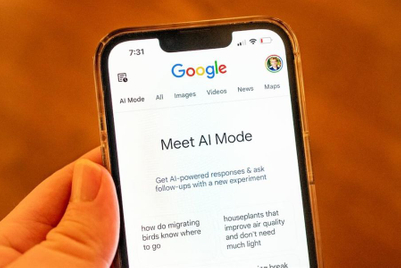
In addition, I would reckon that at least 100 are brought in every day by those returning from trips to the UK, the US, Singapore and Hong Kong. I don't own one yet, but a number of people I know do.
And, as I learn about the iPad, I learn what all the iPad owners are doing with the iPad, what they find so compelling about the iPad. And, interestingly, all of them are reading on the iPad. Reading a lot more than they did before they got the device. And they're reading newspapers and magazines on the iPad. Which, of course, they were doing on their laptops or desktops before.
There's a big difference, though. On the iPad, they're reading a number of newspapers and magazines that they're paying for. On average, the iPad owners I spoke to had spent US$75 on content. That's no big deal, except when you consider that the figure is about $75 more than they have spent thus far for magazine and newspaper content on the internet.
This morning, I saw the iPad version of Reader's Digest, a magazine I haven't seen or touched in a zillion years. Open the cover, and you see the editorial page - which has a video message from the editor, which, of course, I sat patiently through. I can't remember ever reading an editorial in the legacy edition of Reader's Digest.
That's the opportunity staring publishers in the face. If investments in digital were slow to take off, it was only because there was no evidence that consumers would pay for the content. The iPad proves that consumers will, if they find the content compelling enough.
At a time of low margins (and fading interest) legacy publishers can use the iPad to give themselves a new lease of life. The cost equation will change dramatically, with much more being spent on content and next to nothing on printing, paper and distribution.
This brings so much more of the business within the publisher's direct control and sees the majority of the outflow going into the core business of publishing - content.
The new equation, with the opportunity, also presents a threat to publishers. Entrepreneurs deterred by high investments in print publishing in the traditional form will see their risks come down significantly once paper, printing and distribution costs disappear from the Excel sheet.
But the moot point, especially for publishers in India is while the iPad and equivalents have arrived, how ready are the existing print media houses to move to them?
Will the iPad be the kiss of life they badly need - or the kiss of death?
This article was originally published in the 15 July 2010 issue of Media.




.jpg&h=334&w=500&q=100&v=20250320&c=1)
.jpg&h=334&w=500&q=100&v=20250320&c=1)
.jpg&h=334&w=500&q=100&v=20250320&c=1)
.jpg&h=334&w=500&q=100&v=20250320&c=1)

.jpg&h=334&w=500&q=100&v=20250320&c=1)





.jpg&h=268&w=401&q=100&v=20250320&c=1)
.jpg&h=268&w=401&q=100&v=20250320&c=1)

.jpg&h=268&w=401&q=100&v=20250320&c=1)
.jpg&h=268&w=401&q=100&v=20250320&c=1)